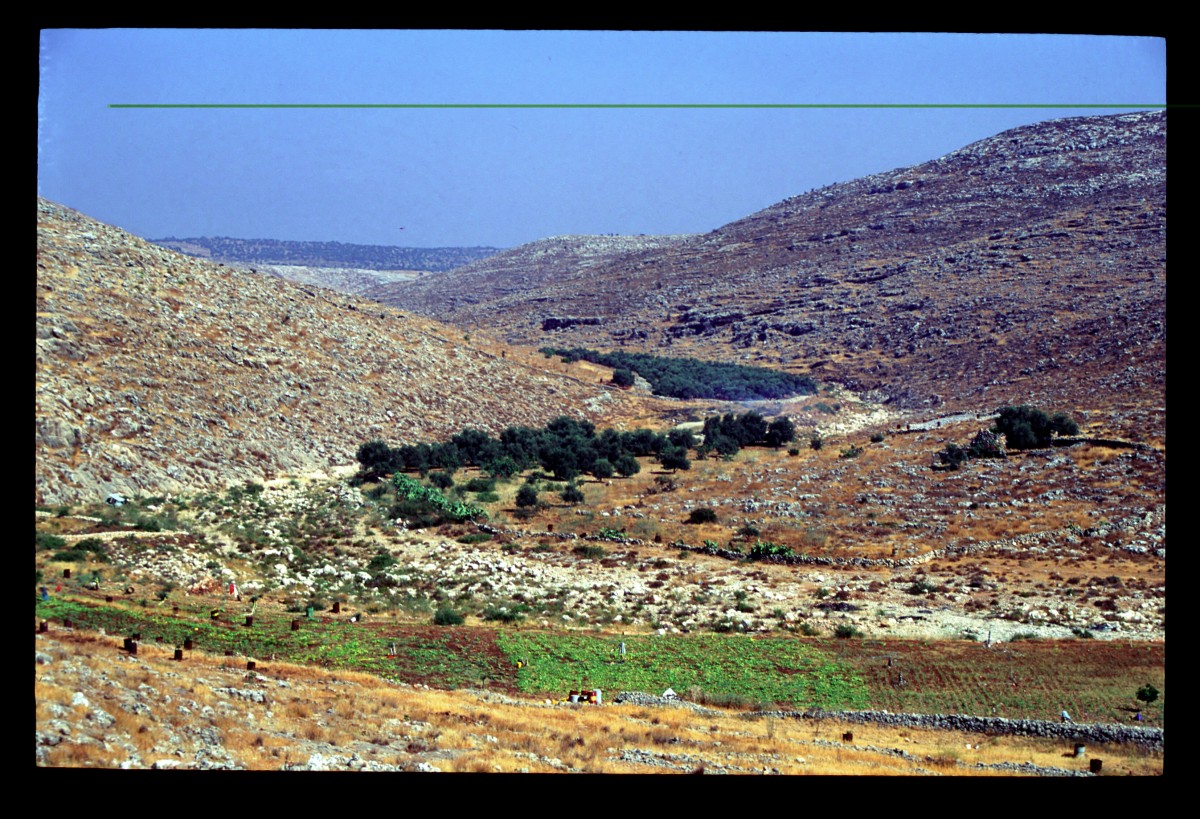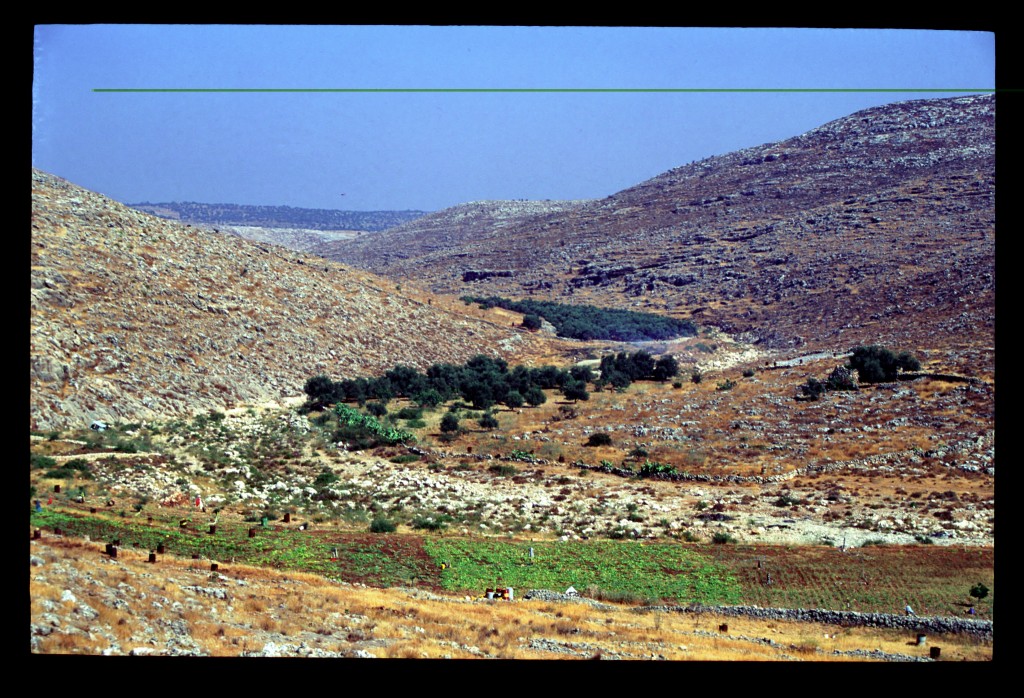One of the ways my professors in graduate school modeled the nebulous territory of contemporary anthropological ethics was to consistently refer to their incalculably diverse ethnographic subjects as those whom they “work[ed] with.” This was instead of referring to things they “work[ed] on,” but also instead of the perhaps disingenuous word “interlocutors” (Said 1988) or the clandestine suggestion of “informants”—all words and phrases that were and are still very much in circulation in anthropological texts and classrooms. The ready appeal of using the phrase “working with” is that it allows us to rhetorically sidestep the problem of the object, to step down from above or over from across to take up a position alongside another. The less-than-ready appeal of the phrase is that it renders radically indeterminate if not just plain absent the content of the work to be done. When I was a graduate student planning my first field study, this situated indeterminacy of “working with” afforded me the patience I needed to stay with the unexpectedness of fieldwork and to “slow down” (Stengers 2005) the rationalizing impulse of my thinking when it was inevitably confronted with something that disrupted my theoretical purposes. I still believe and teach my students to believe in this radical openness that characterizes the best, and perhaps most enduring, face of our somewhat tortured discipline.
Tag: ecology theory
Toxic Ecologies of Occupation
Brian Boyd: In June 2012, with a small group of Palestinian colleagues, I entered the Wadi en-Natuf in Palestine for the first time since 2000. In June 2000, it looked like this:
Since 2000, I have been involved in an archaeological project centered in and around the small (population 4,500) Palestinian town of Shuqba in the West Bank (Ramallah and Al-Bireh district). Shuqba gives its name to a large cave in the nearby Wadi en-Natuf, a river valley that runs close to the town. This cave was excavated by the British archaeologist Dorothy Garrod in 1928, during the turbulent early years of the British Mandate. Garrod is a central figure for women’s involvement in the history and practice of archaeology.

